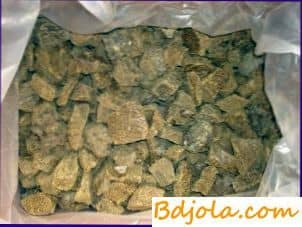
Distinguish between “imaginary” propolis, ie, propolis, brought by bees, and “true”, which bees regurgitate themselves every time they eat pollen. In the shell of pollen grains contains a certain amount of resinous substances and balsams, released during digestion from pollen grains.
“True” propolis is obtained after the bees will connect the wax and resinous substances and peretrut their zhalami.
Propolis has found application in technology, where it is highly regarded as a component of high-quality varnishes. Such a varnish, drying up, makes the surface smooth, mirrored and resistant to hot water. Propolis made a special lacquer. Covering them with violins and other stringed musical instruments gave them beauty, brilliance and special sonority. The famous Stradivarius used propolis in the production of his world-famous violins.
Патока у пчел. Консервирование шкурок.
Прополис